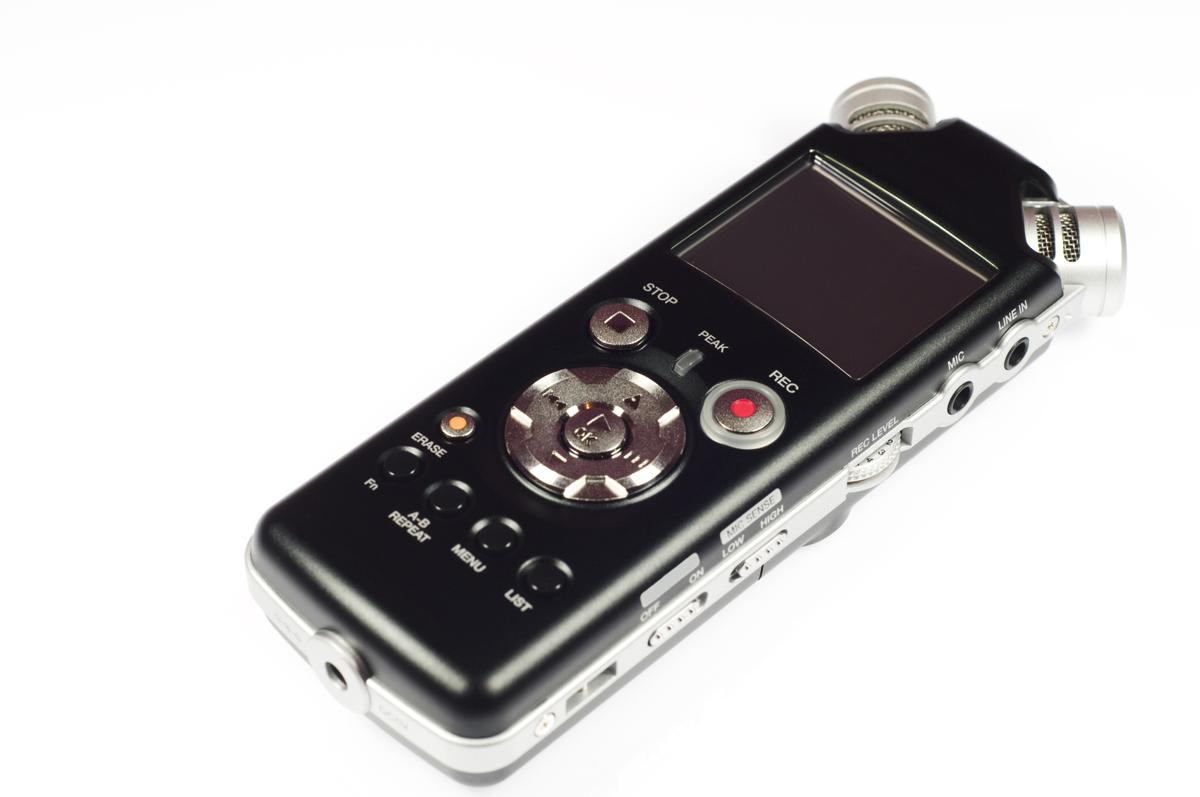
Smartphones record the audio in 8 bits per sample, while a higher fidelity audio recorder has depth of 24 bits. The greater the number of bits, greater the quality of the audio.įor example, the audio recorded on a CD has a depth of 16-bits per sample, which is the same as most voice recorders. The bit depth is a measure of the bits information in each sample. The most powerful recorders sample as high as 96 kHz, however, humans can not process higher sampling rates than 50kHz in a meaningful way, which makes 96 kHz overkill in most situations. Most digital voice recorders sample audio with a rate of 44.1 kHz or 48 kHz.

The higher the sampling rate, there will be less loss in the digital representation of the sound. The sampling rate is the number of times per second that the audio is recorded. The hi-fi stereos use the minimalist concept, where it is believed that the fewer stages there are between the sound captured, recorded, reproduced and amplified, it will have less interference and greater fidelity.Īudio fidelity depends in large part of the sampling rate, bit depth, and if the audio recorder is mono or stereo.

This is due to a number of features, which give them unique characteristics, such as the capture of high-fidelity audio. What are the main features of an audio recorderĭigital voice recorders are capable of capturing and recording sounds with greater accuracy, fidelity and quality. Audio Recorder is a device for recording classes, lectures, conversations and other sounds.ĭespite being quite used, you may be wondering, with smartphones capable of performing this function, why invest in an exclusive device to record audio?


 0 kommentar(er)
0 kommentar(er)
